As organizations race to implement artificial intelligence at scale, many are establishing AI factories — comprehensive frameworks for deploying and scaling AI solutions. According to McKinsey, while 79% of organizations are exploring AI projects, only 12% have successfully deployed AI capabilities at scale. Based on insights from industry experts, here are five critical mistakes to avoid when building your AI factory.
1. Underestimating the people, management, and communication challenges
Organizations often focus heavily on technology while neglecting the human elements critical to AI adoption. The World Economic Forum identifies developing an effective AI skills and talent strategy as the top challenge for enterprise AI adoption. This neglect leads to resistance to change, lack of user adoption, and ultimately, AI initiatives that fail to deliver value despite technical success.
PwC and Deloitte emphasize that successful AI implementation requires as much focus on people as on technology. Organizations implementing a human-centered approach can achieve up to 30% productivity improvements, while those overlooking the human dimension often end up with technically sound solutions that remain unused or underutilized. Effective governance frameworks, clear communication channels, and cross-functional teams are essential for creating an “AI mindset culture” that embraces continuous learning and innovation.
2. Failing to prioritize the right use cases and strategic alignment
Many organizations attempt to implement AI everywhere without strategic prioritization or choose use cases based on technical interest rather than business value. This results in wasted resources, difficulty demonstrating ROI, and limited business impact.
KPMG research indicates that organizations implementing a strategic approach to AI use case selection can achieve up to 70% faster time-to-market for AI solutions compared to traditional approaches. Success requires a clear AI strategy aligned with organizational goals and a structured framework for evaluating use cases based on both business value and technical feasibility. Organizations should begin with use cases that deliver quick wins while ensuring executive alignment on priority initiatives to build momentum and demonstrate value.
3. Overlooking security, compliance, and ethical considerations
In the rush to implement AI, organizations sometimes neglect critical security, compliance, and ethical considerations. EY research indicates that data protection is the top factor considered when choosing AI models. Neglecting these considerations leads to data breaches, compliance violations, reputational damage, and solutions that may perpetuate bias.
Leading consulting firms place security and ethics as foundational elements in AI implementation, recognizing these considerations must be built into AI systems from the ground up. According to PwC’s analysis, organizations prioritizing ethical considerations from the beginning experience fewer compliance issues and greater user trust. Robust security protocols, compliance with relevant regulations, ethical governance frameworks, and transparent processes for addressing potential biases are non-negotiable for responsible AI deployment.
4. Neglecting your data strategy and foundation
Organizations often rush to implement advanced AI models without ensuring proper data foundations. As industry experts note, “Data fuels the AI factory”— it’s the raw material that powers all AI initiatives. This oversight leads to inaccurate AI outputs, “hallucinations” in generative AI models, and limited business value.
According to JLL reports cited by industry experts, organizations’ most valuable data often resides on-premises and at the edge. Harvard Business Review’s analysis confirms that data quality significantly impacts AI success rates. A proper AI data strategy brings AI to the data rather than forcing risky migrations while focusing on data governance that balances accessibility with security. Data quality, not just quantity, is essential for any AI factory to produce reliable, valuable insights.
5. Pursuing a “one-size-fits-all” infrastructure approach
AI workloads have significantly different infrastructure requirements than traditional IT workloads, yet many organizations make the mistake of forcing AI implementations onto existing general-purpose infrastructure. This leads to suboptimal performance, increased costs, and frustrated users when AI systems underperform.
MIT Technology Review’s analysis shows that organizations are increasingly investing in purpose-built AI infrastructure to ensure optimal performance and cost-effectiveness. The dramatic increase in power requirements — with next-generation AI systems requiring up to 600kW per rack compared to traditional systems using 5-8kW — highlights the specialized needs of modern AI workloads. Infrastructure decisions must consider the varying needs across different AI use cases, from inference to training. Organizations should incorporate model optimization practices during design, deployment, and management of AI Workloads.
Conclusion
Building an effective AI factory requires thoughtful planning and a comprehensive approach encompassing people, strategy, ethics, data, and infrastructure. The most successful AI implementations recognize that technology is just one piece of the puzzle, with human and organizational elements often determining the difference between success and failure.
To start your AI factory journey on the right foot, begin with a thorough assessment of your organization’s readiness across these five dimensions. This holistic approach will help you build an AI factory that delivers a sustainable competitive advantage in the age of AI.
Source: By Shankar Raghavan and Vinod Bijlani


